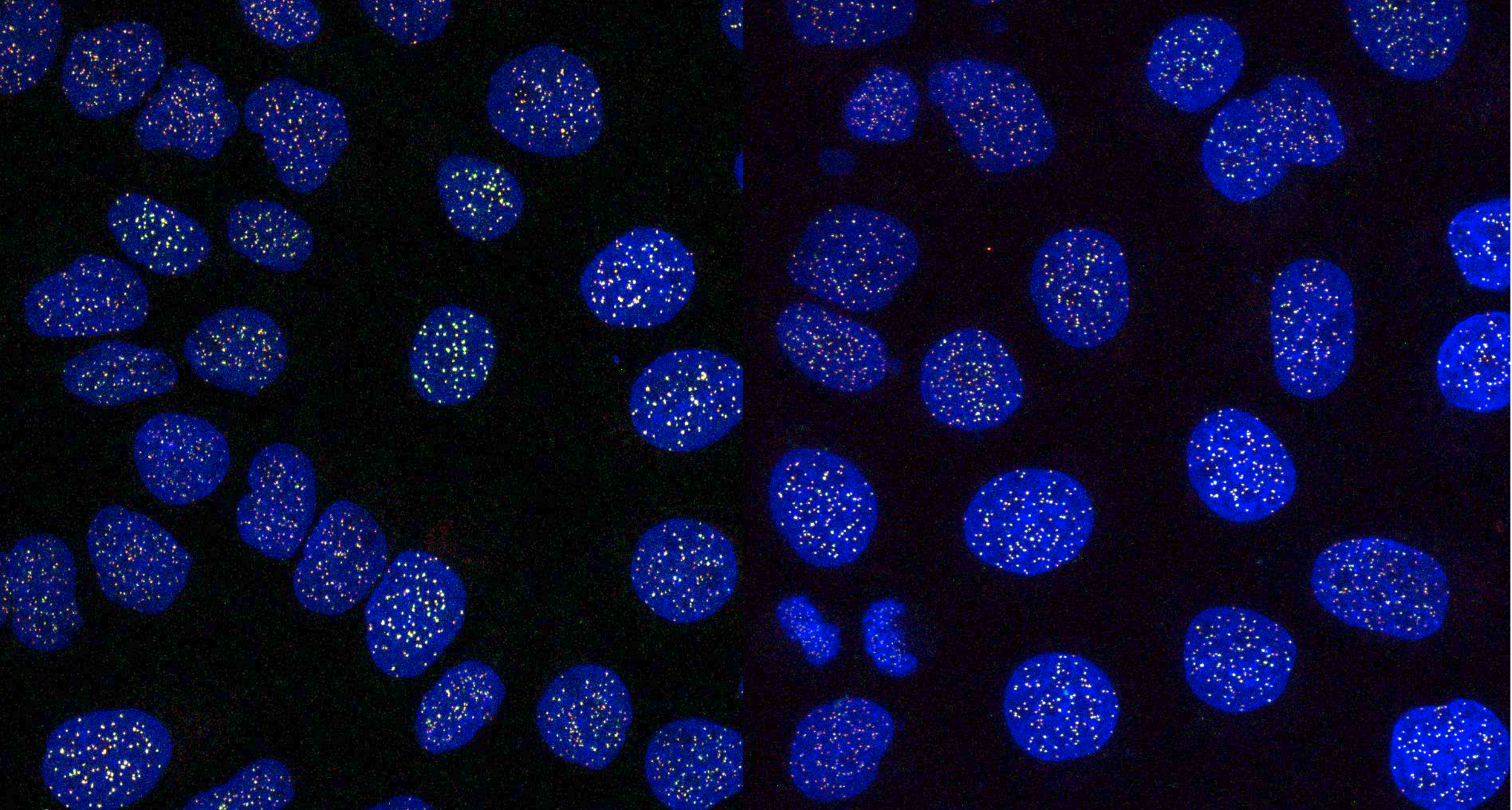
Research
How does a single totipotent cell give rise to a wide variety of specialized cells throughout the body?
How do cancer cells rapidly evade chemotherapy treatment?
What mechanisms specify and regulate the cell lineages in the placenta?
These are some of the biological questions that the Xiao lab seeks to understand.
One phenomenon that unites each of these processes is the alteration of chromatin through epigenetic mechanisms, such as DNA methylation and histone modifications. Our recent work has uncovered the functions of the DNA modification N6-methyladenine (N6-mA) in embryonic development and cancer. We are currently further investigating the function and regulation of N6-mA as well as additional novel epigenetic mechanisms.
Early mammalian development
Mammalian embryonic development is supported by the placenta, a complex organ containing cells descended from the Trophoblastic lineage of the first cell fate decision. Our lab has determined that trophoblast stem cells (TSCs) contain elevated levels of N6-mA, and we study its critical role in the epigenetic regulation of placentation and early embryogenesis. We utilize in vivo, in vitro, and bioinformatic methodologies to probe at fundamental unanswered questions surrounding epigenetic regulation of placental disease, development, and mammalian evolution. We are currently implementing new strategies to further study this process and learn more about the mammalian maternal-fetal interface.
Epigenetics and cancer
Throughout the past decade, a growing body of evidence has pointed to the important role of epigenetic mechanisms in cancer development and progression. Our recent work showed that N6-mA is highly abundant in glioblastoma; glioblastoma stem cells exhibit a 100-fold increase in N6-mA compared to normal human astrocytes. In addition, altering the expression of the N6-mA demethylase ALKBH1 kills glioblastoma stem cells and prolongs survival in murine glioblastoma models. We are currently exploring the function of N6-mA and its regulators in additional cancer models with the goal of exploiting this epigenetic mechanism as a potential cancer treatment.
Cellular reprogramming
During mammalian embryonic development, a single embryonic stem cell has the potential to differentiate into wide variety of distinct cell types throughout the body. We are interested in understanding how pluripotent cells - such as embryonic stem cells - make lineage decisions. Specifically, we would like to uncover how genetic regulatory elements - such as transcription factors and epigenetic modifications - are implicated in stem cell biology and cellular fate decisions. We are using multiple systems to study this process, such as hematopoietic stem and progenitor cells; human and mouse embryonic stem cells; and fibroblast reprogramming systems. We hope that by understanding how cell fate decisions are controlled at the molecular level, we can use this knowledge to improve stem cell therapies.


